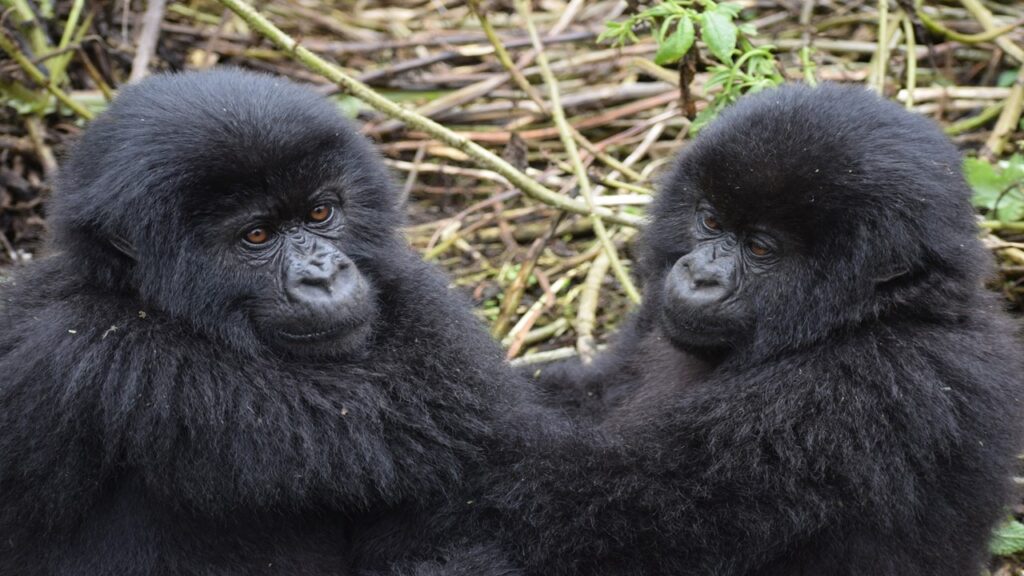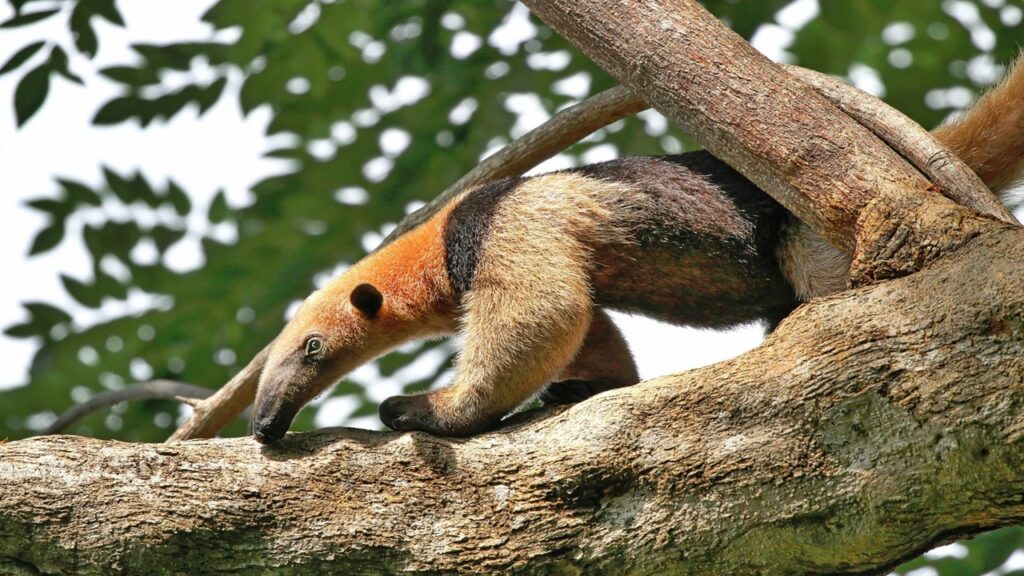The purpose of ecotourism with examples

Ecotourism is now a very common term for most travellers around the world. Travel agencies swear by it to promote green touristic activities and encourage tourists to book their holidays with them. However, in many cases, the concept of ecotourism has been used simply as a false front to make money rather than serve its real purpose.
What exactly is ecotourism?
Ecotourism is not a new concept. A new name at most, but conservation of natural resources through education and management has long preexisted. Back in the old days, our ancestors understood that they had to give nature time to reflourish when the level of resources dropped.
Today, the International Ecotourism Society defines ecotourism as the ‘responsible travel to natural areas that conserves the environment and sustains the well-being of local people, and involves interpretation and education.’
Ecotourism thus is not only visiting natural places. It also involves travelling to these places by the best ways to prevent ecological damage and investing in the preservation of these areas. Ecotourism also improves the lives of the local populations (through entrance fees, souvenirs etc.) and brings important knowledge to the tourist. We then use the money that we get from the various ‘eco-activities’ to care for these fragile ecosystems.
The purpose of ecotourism
1. Natural resource management
As it is, ecotourism serves a very important purpose in resource management. It is one of the best ways to preserve and protect local resources which otherwise could disappear or get exploited.
Mountain Gorilla conservation
The conservation of mountain gorillas in Uganda exemplifies this scenario perfectly. Most of these primates live in the Virunga Mountains bordering the Democratic Republic of Congo, Rwanda and Uganda. A few also inhabit the Bwindi Impenetrable National Park of Uganda.
Unfortunately, the number of mountain gorillas decreased significantly in the mid-1970s. Poachers hunted them, people destroyed their habitats and they got diseases.
At that time also, Dian Fossey, an American primatologist, was studying the mountain gorillas. She fought poachers and pioneered gorilla tourism in order to save these mammals. In 1985, she was murdered by poachers, but thanks to her dedication, proper ecotourism to protect the mountain gorillas started.
Today, the number escalated from 250 individuals in the wild to around 1000 animals.
Though a basic one-hour gorilla trek in the thick forest of Uganda can start as from $400 per person, it contributes massively to the conservation of these primates. The government also invests some of the money into developing the villages. Villagers themselves work as guides thus discouraging them from becoming poachers.
All in all, ecotourism helps locals and tourists invest in the conservation of the mountain gorillas.

2. Source of income for least developed countries
Poverty alleviation in Costa Rica
Costa Rica, famous for its natural landscapes, is one of the most visited eco-tourism destinations in the world. And for good reason. National parks and reserves cover approximately 25% of the country where a plethora of plants and animals thrive. Two seas also border it adding to the lush forests. As a matter of fact, Costa Rica is the only tropical country in the world that has reversed deforestation.
In the past, Costa Rica mainly exported crops like banana and coffee to earn money. But since 1995, tourism has become the main pillar of the economy. On average, 1.7 million tourists visit the country every year, which represents 5% of the GDP. The direct and indirect jobs that emerged from ecotourism lowered the poverty levels of Costa Rica by 3%.
Thanks to the flourishing eco-tourism industry, the economy of Costa Rica has been rising steadily in the last 25 years.
Like Costa Rica, several countries and islands around the world rely on tourism to earn foreign currency.

3. Involvement of the local population
As it is, the most charming places in the world are often well hidden in remote places, often accessible to a few people only. The Amazon forest, for instance, one of the most visited places in South America, is a wonder to nature travellers. However, it is also huge. But, native tribes that inhabit the forest know the surroundings quite well.
Thus, with this idea of familiarity in mind, ecotourism boomed in many remote regions where indigenous communities live.
Generally, local tribes refuse help from outside despite having financial difficulties. But, with ecotourism, these nations can work based on their own terms. They serve as guides, hosts and build touristic infrastructures and souvenirs with their means. The harmony of natural preservation and satisfaction of locals is thus maintained.
4. Cultural awareness and respect
At the same time, ecotourism helps indigenous communities to continue with their traditions. It raises awareness of the different cultures and traditions that locals have. Indigenous communities share their foods, drinks, artisanal livelihoods and spiritual beliefs with tourists.
In Philippines for example, a few tribes like the Cordillera tribe, have preserved their authentic cultures as they live in harsh terrains. Ecotourism trips there is not only about the fascinating natural features, but also the typical way of life of locals. They have a particular way of dressing, dancing, eating and respecting nature.
Thus, by teaching foreigners about their traditions, they continue to perpetuate their cultures.

The traveler and ecotourism
As it is, ecotourism is not visiting a marine park on a speed boat that is spilling motor oil along the way. Nor partying on man-made islets that have destroyed the surrounding natural space.
Ecotourism enhances the knowledge of the traveller on the natural environment. In this way, he can preserve it and encourage others to do so. Most importantly, it is the bread and butter of many poor societies that also helps them maintain their local traditions.
References:
- WCS Uganda. Gorillas. [Online] Available at https://uganda.wcs.org/Wildlife/Gorillas.aspx [Accessed 08/07/2019]
- Kasalak, M.A. (2015). Dünya’da ekoturizm pazarı ve ekoturizm’in ülke gelirlerine katkıları. Journal of Recreation and Tourism Research.2 (2), ISSN: 2348-5321, pp. 20-26
- Vanegas Sr, M., Gartner, W. and Senauer, B., 2015. Tourism and poverty reduction: An economic sector analysis for Costa Rica and Nicaragua. Tourism Economics, 21(1), pp.159-182.

Pingback: Tourism Explained: Definition, History, Types - Yo Nature
Pingback: Positive effects of sea-level rise - Yo Nature
Pingback: Wetlands of Mauritius - Yo Nature
Pingback: Negative impacts of tourism on the environment - Yo Nature
Pingback: Mangroves of Mauritius - Yo Nature
Pingback: Sustainable tourism in Mauritius - Yo Nature
Pingback: Positive impacts of tourism on the environment - Yo Nature
Pingback: 5 reasons why ecotourism is better than traditional tourism - Yo Nature